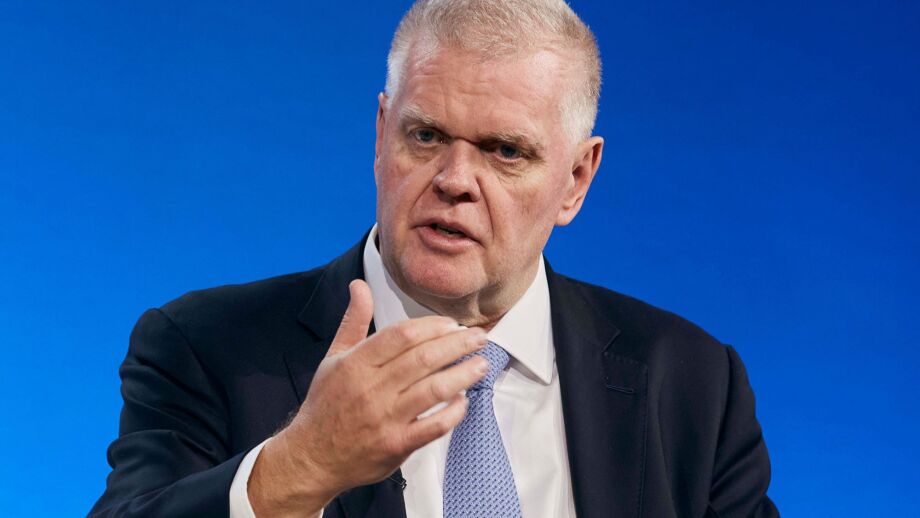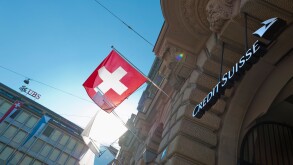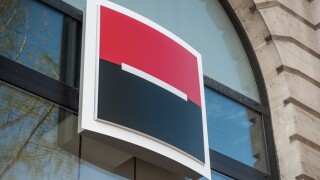Top Section/Ad
Top Section/Ad
Most recent
The Swiss bank posted the biggest quarterly profit on record thanks to an accounting gain related to its acquisition of Credit Suisse, but weak performance at its former rival hints at a long road back to growth
Imminent half year results will reveal whether the new Swiss bank is a hastily patched monster or a new financial powerhouse
Banks are determined to stick to their growth plans as they see cause for optimism in investment banking thanks to increasing confidence and a growing pipeline of deals
Wall Street is urging the Fed to be cautious despite the regulator hinting higher capital requirements are coming
More articles/Ad
More articles/Ad
More articles
-
European Banks are seeing a rebound in their common equity tier one capital ratios in the second quarter, as they draw on new measures of regulatory relief to guard themselves against a tougher operating environment.
-
Credit analysts hope that European banks will be able to report much stronger capital levels in the second quarter, amid early signs that risk-weighted asset (RWA) volumes could be lower than expected.
-
Booming markets revenues in the second quarter helped UBS post another strong set of results at its investment bank. But higher loan loss charges ate into group-level profits as the coronavirus crisis led to deterioration in the global economic outlook.
-
Huge capital markets revenues helped US banks stack up more provisions against loan losses in the second quarter, as they prepare to weather the economic impact of the coronavirus pandemic. But analysts warn that firms will not be able to repeat this trick in the second half of 2020, with trading and underwriting returns likely to climb down from their peaks.
-
Investors have been given their first taste of how regulatory relief could bolster bank capital levels amid Covid-19, after Barclays told the market this week to expect a drastic improvement in its common equity tier one (CET1) ratio in the second quarter.
-
Société Générale and Natixis may face more questions over their equity derivatives businesses when they release their second-quarter results. The issue is whether their structured products are inherently problematic or simply suffered from freak events.









